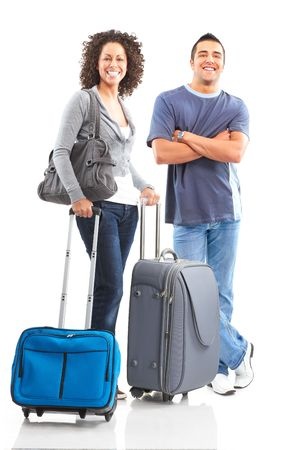If you think that just because summer is over, it’s time to pack on some winter padding…think again! Follow my fall workout tips to keep your summer body all year round.
Just because the weather is cooling down and you’re wearing additional clothing doesn’t mean that you should abandon your summer bikini body. Exercise should be done year-round because true health and fitness is achieved with a consistent plan.
Give my fall workout a try to add some fitness to your colder days and nights. It’s great for toning your arms, core and legs. This fall workout routine is also great for building strength and burning calories.
It should take you about 30 minutes to complete and can be done in the comfort of your own home. If you don’t have enough time to complete the entire workout, just do a few moves or one set to fit exercise to your day.
What you’ll need:
- A chair
- A set of hand weights
- A mat
It is important to prepare your body for exercise! Spend at least 10 minutes warming up your body with cardio exercise. For example, you can jog for 5 minutes, followed by jumping jacks or jump rope.
Fall workout move 1: Arm and shoulder combination using weights
Stand with your feet shoulder width apart while holding weights down by your sides. Curl the weight up to work the bicep muscle; then rotate the wrist so palms are facing each other and press the weight overhead at shoulder height to effectively work the shoulder muscles.
Fall workout move 2: Plie squat with arm pull
This move works the legs, glutes, inner thighs and trapezius muscles. Stand with feet slightly wider than shoulder width apart with toes pointed out. Hold the weights with palms facing the body. slowly lower into a squat as if you are sliding down a wall keeping your back straight. As you come up to standing, pull the weights toward your chest leading with your elbows and repeat.
Fall workout move 3: Chair dip
This move works the triceps at the back of your arms. Sit in the chair and place your hands on the chair next to you. Place your feet out in front of you keeping your thighs parallel to the floor. Lower out of the chair, and as you bend your arms your elbows should go behind you, supporting your body weight. Finish this move by pushing back up to the starting position.
Fall workout move 4: Hands and knees balance
This total body move works your abdominal core muscles, arms and legs. Get onto the floor on your hands and knees. Position yourself so that your wrists are directly underneath your shoulders and hips over the knees while keeping your back flat. Then lift up one leg behind you and also lift the opposite arm out in front of you. You can hold this pose or crunch bringing your knee to chest and elbow to knee. Once you’ve done one side, repeat on the other side.
Fall workout move 5: Curtsey lunge with leg lift
This move works your inner and outer thighs as well as your glutes. Stand tall and place your hands on a chair for balance. Take a backward lunge step with your left leg, taking your back foot just past the mid line of your body. The knee on your front leg (right leg) should not pass the line of your toe as you lower your body. Keep your core muscles tight and back straight. Return to standing, keeping a flexed foot take your leg out to side.
Fall workout move 6: Bridge pose with chest press
This move will work your chest muscles, core and glutes. Start by lying on your back practicing the bridge pose. Squeeze your glutes and raise your hips up off the floor to make a straight line from the shoulder to the knees. Once you are able to hold this position, you can add in the chest press. Hold weights palms facing forward and in line with your chest. Press the weights up, hold for a second, then return to the starting position.
Do 10-12 repetitions of each exercise in this fall workout and then try to repeat the exercises for three sets. I hope you enjoyed this fall workout routine. Remember that fitness is not just for the summer it’s for life!
Written by Samantha Clayton, AFAA, ISSA. Samantha is Director of Fitness Education at Herbalife.






